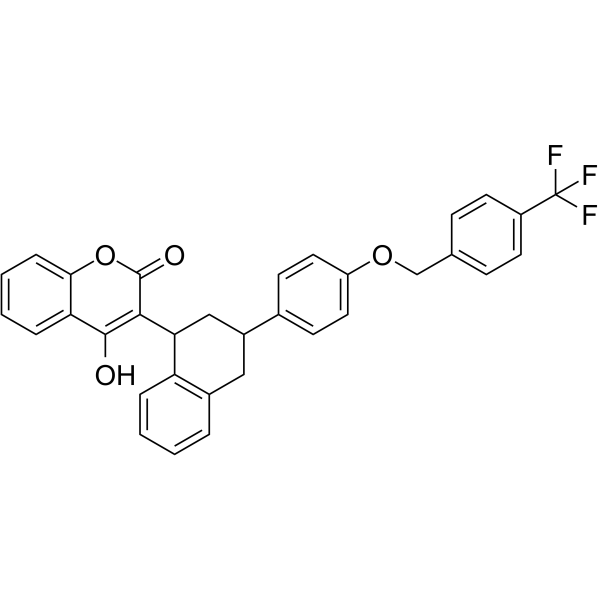| 结构式 | 名称/CAS号 | 全部文献 |
|---|---|---|
 |
氟鼠酮
CAS:90035-08-8 |
|
 |
氯鼠酮
CAS:3691-35-8 |
| 结构式 | 名称/CAS号 | 全部文献 |
|---|---|---|
 |
氟鼠酮
CAS:90035-08-8 |
|
 |
氯鼠酮
CAS:3691-35-8 |